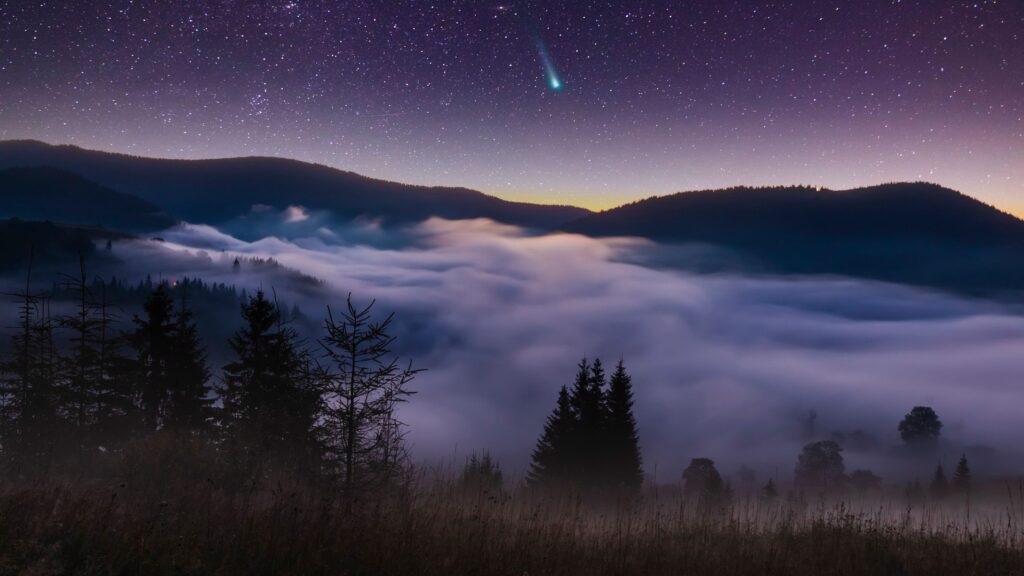If you’re looking for an excuse to dust off your camera, two upcoming comets offer the perfect opportunity. First, Comet Lemmon will be most visible between October 13th and 23rd, when its brightness may reach magnitude 4, meaning it may be visible to the naked eye. A new moon will make October 21st an ideal night to see this meteor shower, and you might even see the Orionid meteor shower.
And the first half of November will be an ideal time to take long exposures of comet 3I/ATLAS. However, its predicted magnitude is 10, and you’ll need a camera, binoculars, or telescope to see it.
Photographing comets is not much different than photographing the moon or meteor showers, but it’s much more thrilling because many comets are once-in-a-lifetime sights. Comet Lemon won’t exist again for another 1,150 years. We’ll look at the equipment you need to photograph comets, recommend our favorite models to suit every budget, and give you tips on settings and composition to use to get the best shots possible.
you may like
what you need
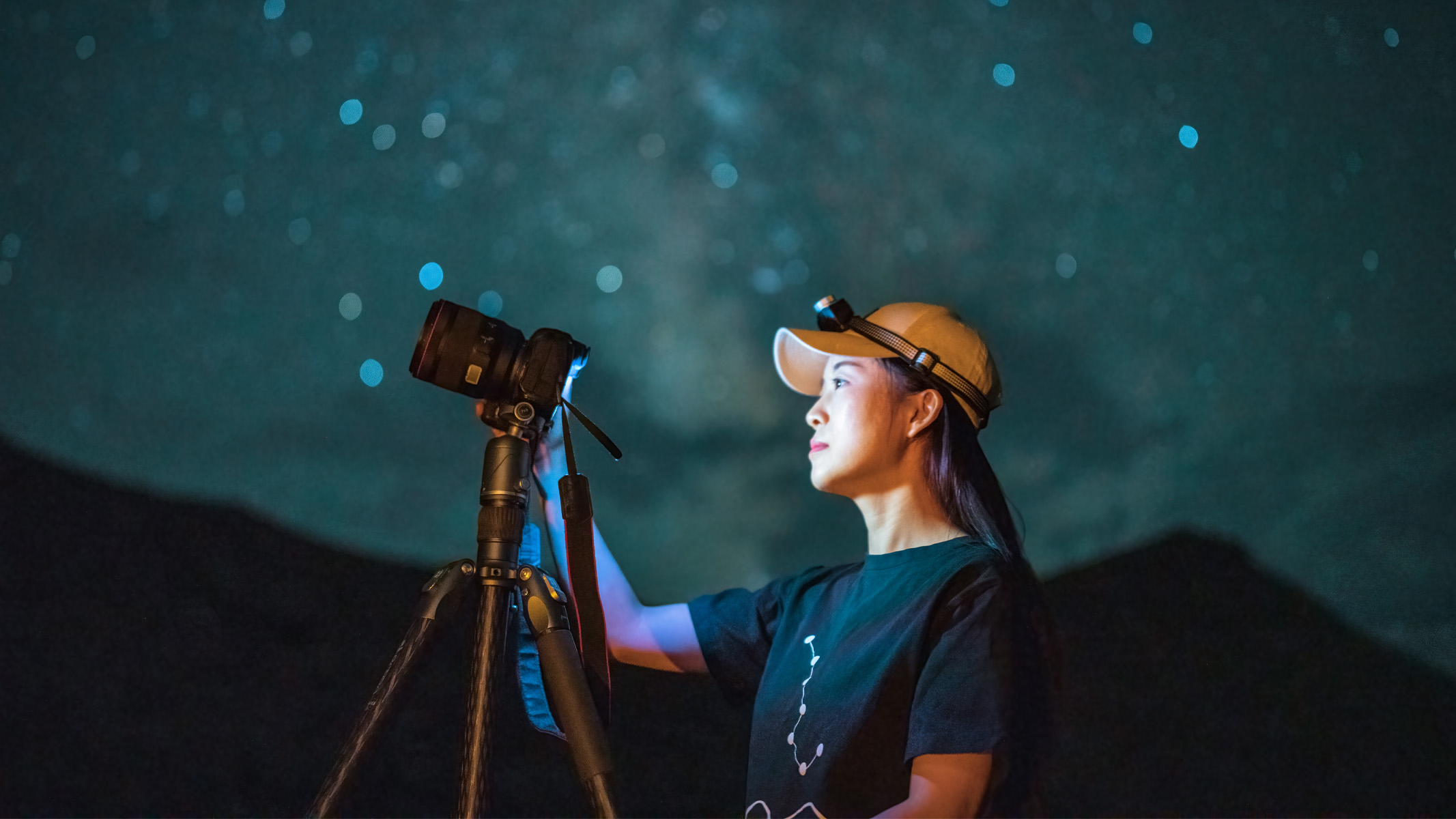
Which camera should I buy?
Technically any camera will work as long as you know the settings to use. However, there are some that are suitable for astrophotography and others that are not. Some high-end cameras, such as our favorite astrophotography camera, the Nikon Z8, have dedicated astrophotography modes designed for low-light photography, and other models, such as the Sony A7 IV, increase the brightness of the monitor to make it easier to compose photos in the dark. I also like the OM System OM-1 Mark II, especially for photographing comets and meteor showers, and the live composite really shines for long exposures.
The two most important things you need in a camera are good noise handling (which, unfortunately, you won’t know until you use it), and enough on-body controls to adjust aperture, shutter speed, and ISO independently so you don’t have to dive into menus. This is small, but nice to have. It makes manual shooting 10x easier when you need to make adjustments in the field. Most full-frame models have enough physical controls to make manual shooting in the field much easier, but be careful when purchasing a beginner astrophotography camera.
Most new cameras have a built-in intervalometer that allows you to take multiple exposures without having to hold down the shutter, but if you have an older camera or a DSLR, a separate intervalometer or shutter release remote is also a useful accessory.
Some of my favorite astronomical cameras
Which lens is best for photographing comets?
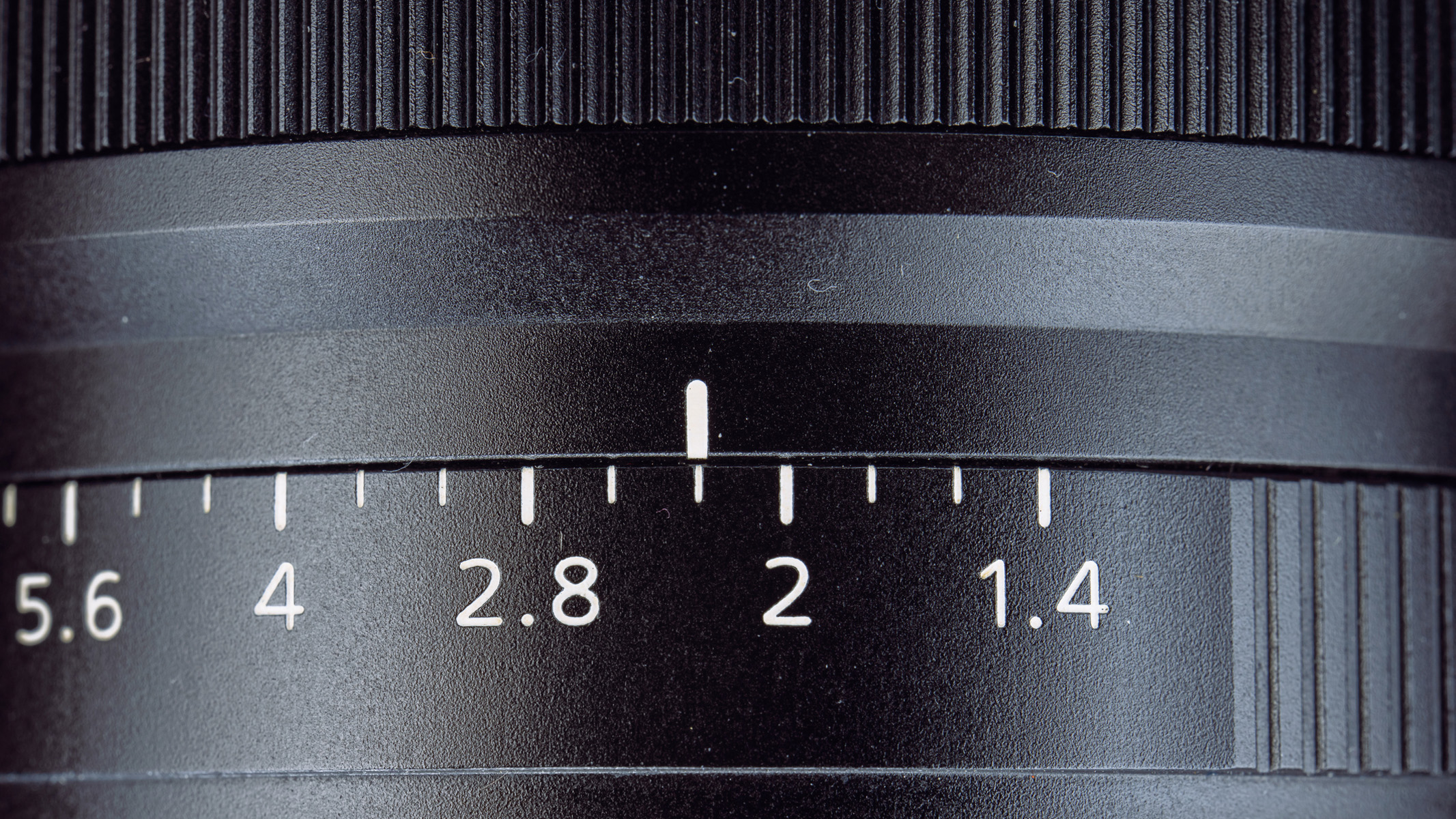
The best astrophotography lens is one that lets in plenty of light, and the two characteristics that make this possible are a wide focal length (ideally about 20 mm or more) and a wide (or bright) aperture of about f/2.8 or more. Most astro lenses are prime lenses, but they also feature wide-angle zoom (if the aperture is wide), allowing you to zoom in and out, opening up more composition possibilities. Additionally, a wider focal length allows you to use a longer shutter speed, thanks to the 500 rule that determines how long you can expose before a star starts trailing.
Some of our favorite astronomical lenses
tripod
Astrophotography requires long exposures and cannot be taken handheld, so a sturdy tripod is required. You don’t have to spend a fortune, but if you can afford to invest in a high-quality tripod, it will last longer and be made from sturdier, more durable materials. When I reviewed the Benro Mach3, I loved it.
Photography accessories that make photographing comets easier
A wide range of useful accessories are available to make comet photography easier, and can also be used for other photography styles. A good headlamp with a red light will help you maintain night vision and navigate off the beaten path. Also, with a mobile battery, you will never run out of power for your electronic devices.
Some of my favorite tripods
How to find comets
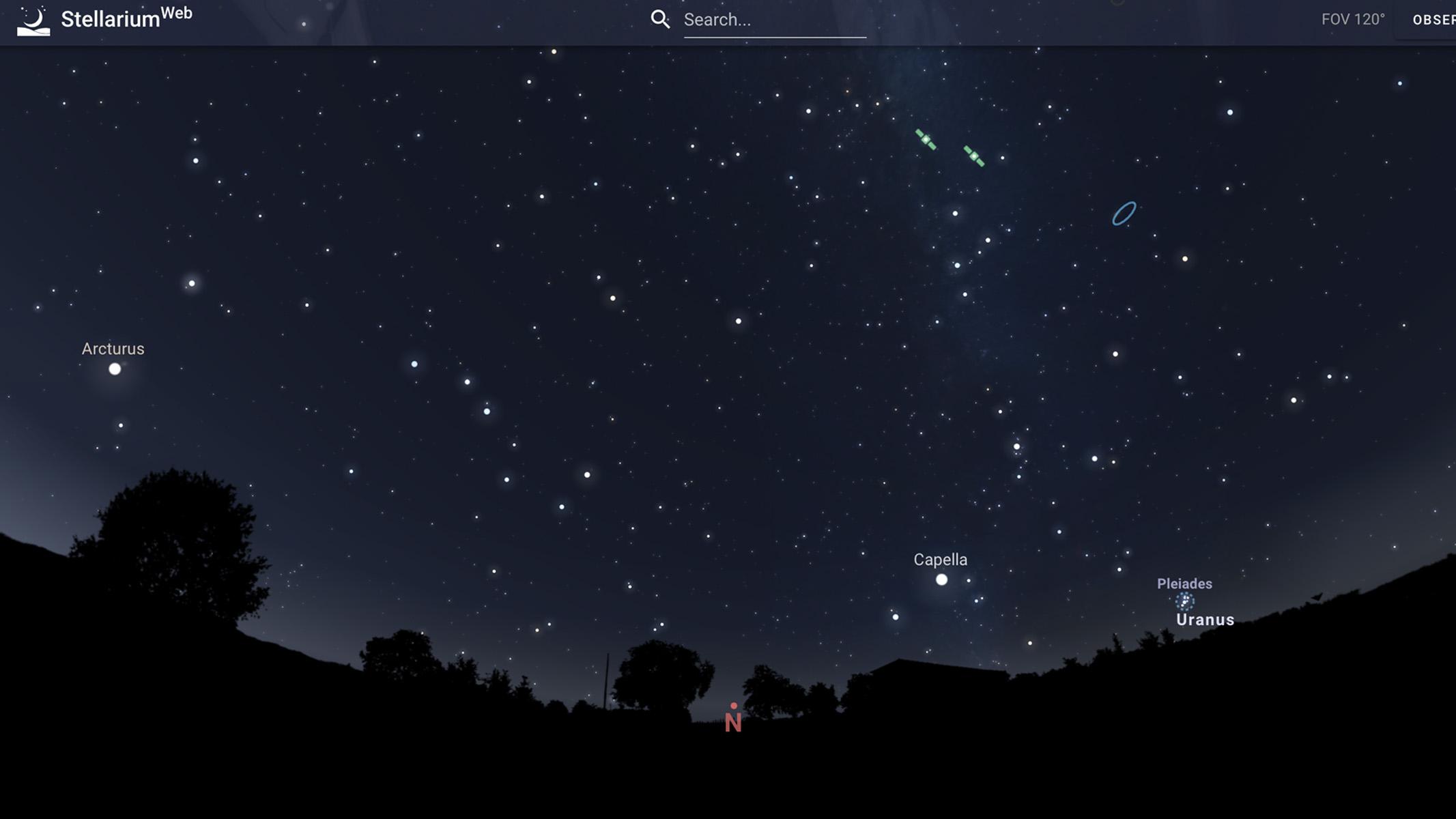
Each comet appears in a different part of the sky depending on your location, orbit, and distance traveled, so astronomy apps can be very helpful in locating your subject. There are many available, search for your subject and the app will show you where and when to look.
you may like
Stellarium is our favorite, but Sky Safari and Star Walk are also great options. It’s also a good idea to check light pollution maps to find dark spots away from city lights.
Camera settings
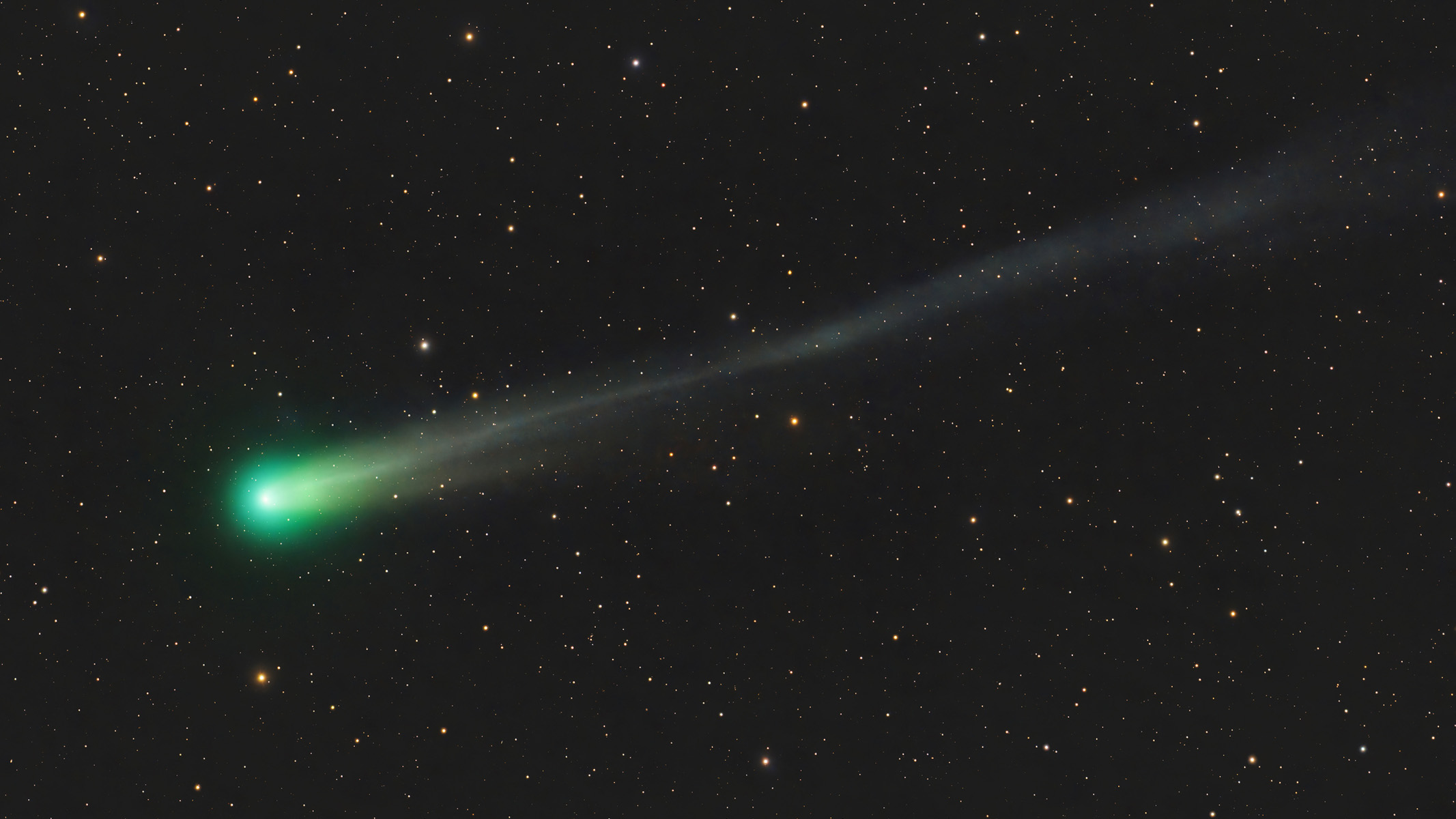
Photographing comets is very similar to most other types of astrophotography, which is good news if you already know what you’re doing. You should shoot in manual mode so that you can adjust all the settings yourself, and the lens should be set to manual focus. Set the aperture as wide as possible to let in the most light, and divide 500 by the focal length of your lens to determine the best shutter speed to prevent unwanted star trails.
Depending on the brightness of the comet and the amount of light pollution and ambient light, the ISO should be between 800 and 3,200. Start around ISO 800 and increase gradually. It’s better to take a few test shots than risk a lot of noise. Finally, you should always shoot in RAW so that you can process the image later to get the most out of it without destroying the original file.
Configuration tips
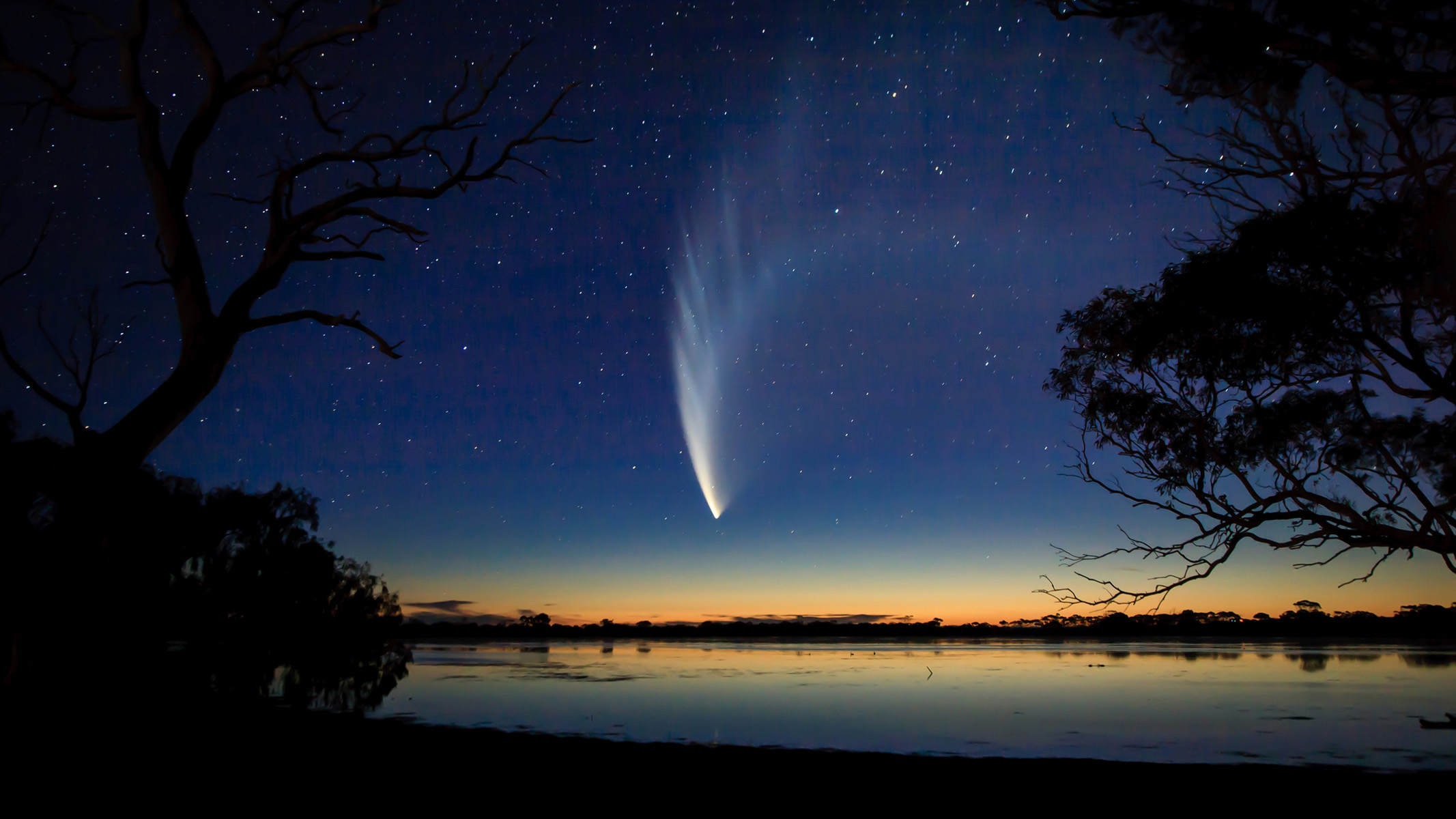
To give your comet photo a sense of place and scale, include foreground elements. It can be anything: mountains, trees, bridges, landmarks, etc. It works beautifully. Try photographing not only the comet’s tail but also the coma (head). You can also experiment with time-lapse photography or by taking multiple calibration frames and stacking them together later.
view without camera
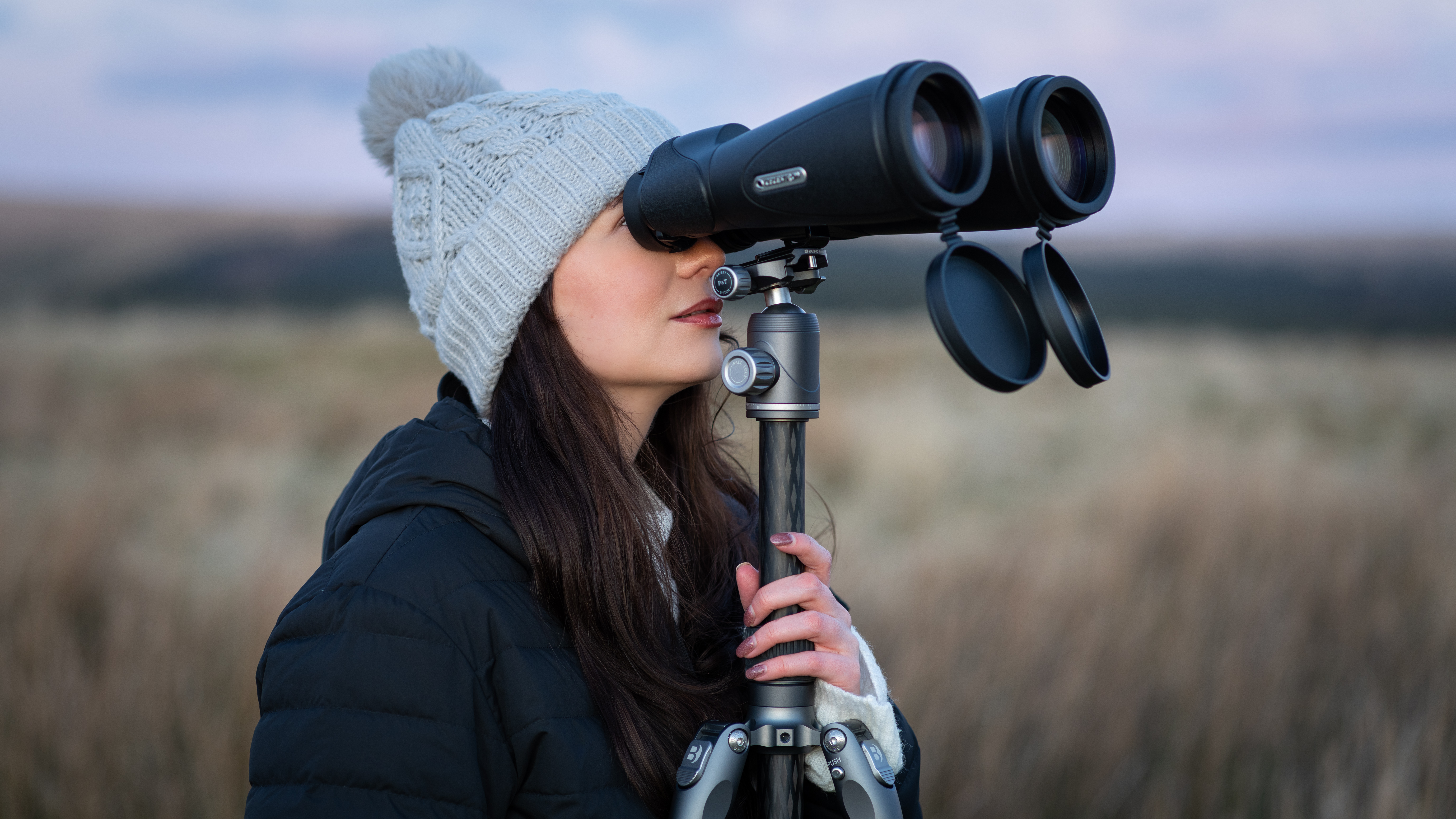
Are binoculars good enough to see comets?
Although binoculars are not required for astrophotography, they are very useful for spotting comets that are too faint to be seen with the naked eye. With the best stargazing binoculars, you can spot comets and compose around them without much trial and error. Plus, you’ll have time to enjoy the view for about 20 seconds while the camera takes the photo.
If you prefer to hand-hold your binoculars, choose 8×42, 10×42, or 10×50. If you have a second tripod, you can increase the magnification to 12x, 15x, or even 20x. Or, if you really want to invest, image stabilization works wonders for stargazing, but the best binoculars with image stabilization don’t come cheap.
Some of our favorite binoculars
What kind of telescope do I need to see comets?
If you want to take a closer look, a telescope is the perfect tool. For beginners, a small telescope with an altitude azimuth mount is the easiest option, while for experienced users, a telescope with a larger aperture and EQ mount is better. If you’re confident with your telescope, you can also use an adapter to attach your camera to your telescope for even better astrophotography.
Some of our favorite telescopes

Comets don’t appear often, but when they do, it’s a rare opportunity to photograph something truly spectacular. With proper preparation and a little patience, you’ll be ready to make the most of the next event across the sky.
Recommended products
Source link

